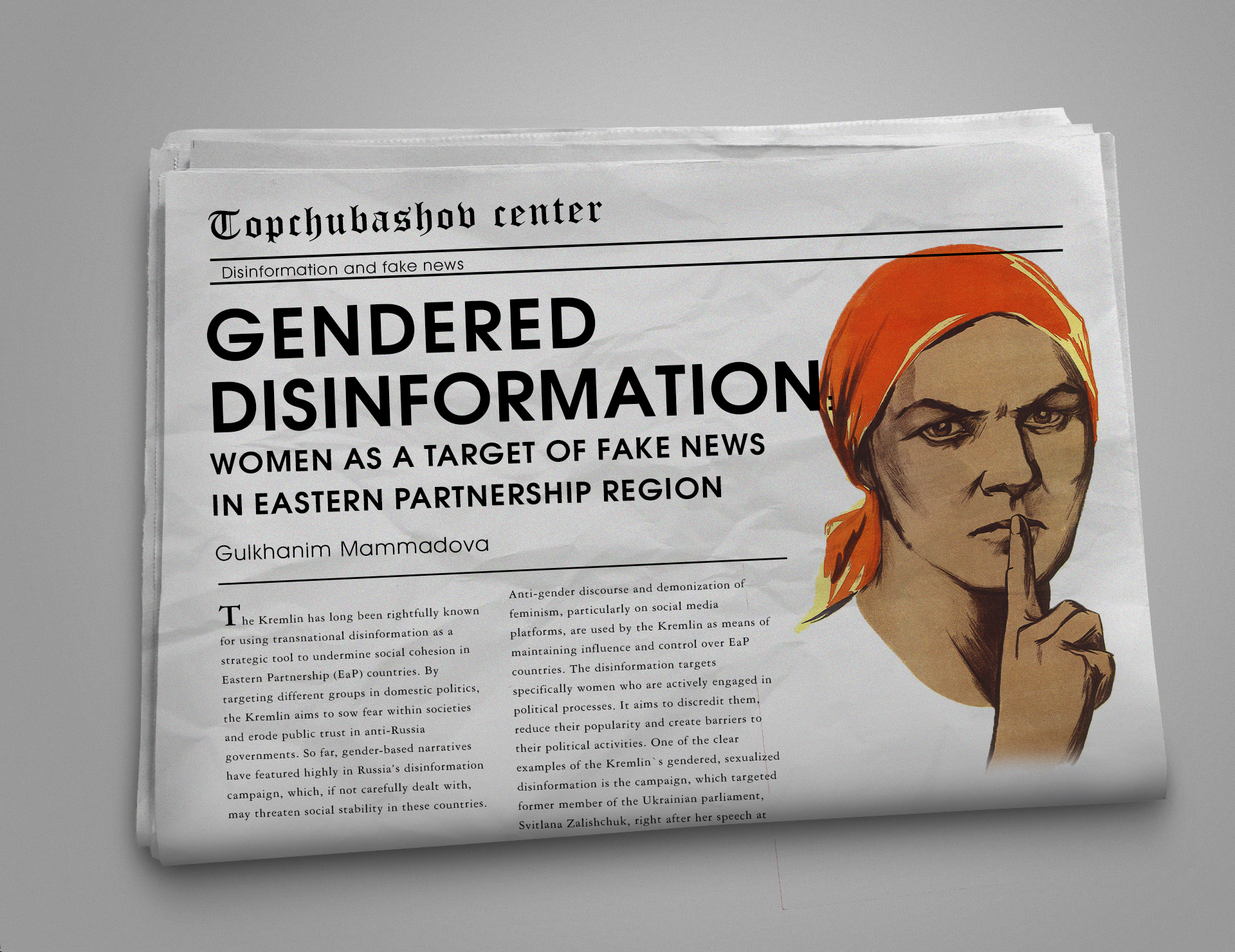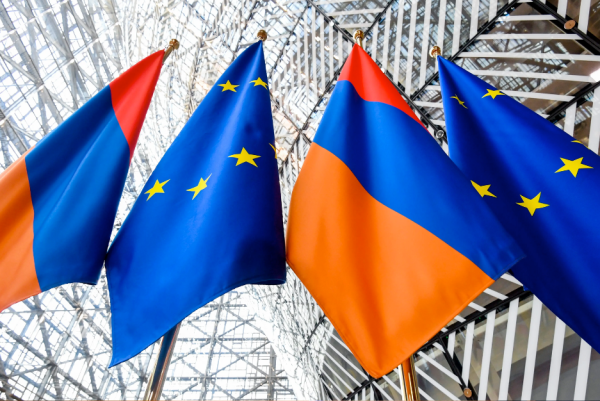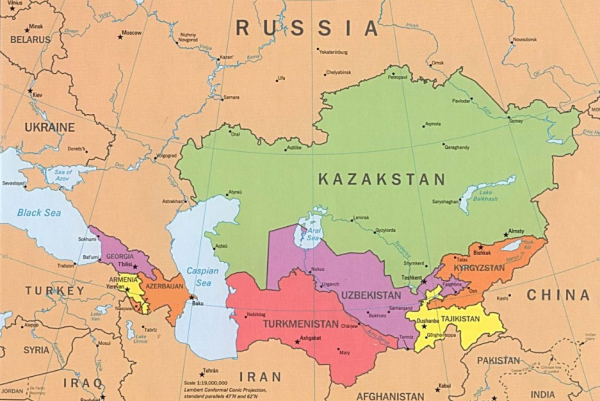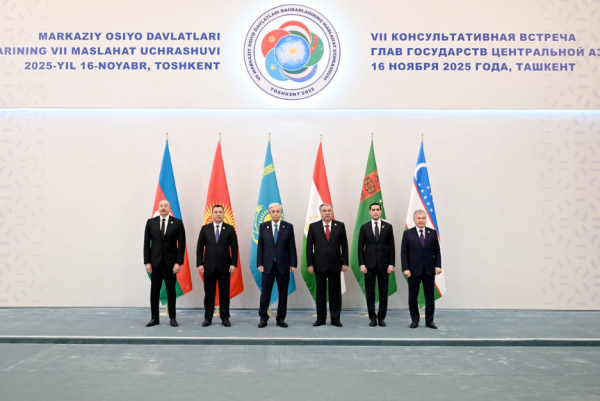Gendered disinformation: Women as a target of fake news in Eastern Partnership region

The Kremlin has long been rightfully known for using transnational disinformation as a strategic tool to undermine social cohesion in Eastern Partnership (EaP) countries. By targeting different groups in domestic politics, the Kremlin aims to sow fear within societies and erode public trust in anti-Russia governments. So far, gender-based narratives have featured highly in Russia’s disinformation campaign, which, if not carefully dealt with, may threaten social stability in these countries.
Anti-gender discourse and demonization of feminism, particularly on social media platforms, are used by the Kremlin as means of maintaining influence and control over EaP countries. The disinformation targets specifically women who are actively engaged in political processes. It aims to discredit them, reduce their popularity and create barriers to their political activities. One of the clear examples of the Kremlin`s gendered, sexualized disinformation is the campaign, which targeted former member of the Ukrainian parliament, Svitlana Zalishchuk, right after her speech at the United Nations in 2017 about the impacts of the war with Russia on Ukrainian women. Accompanied by fake images, this campaign aimed to discredit Zalishchuk as a political figure. Along with targeting female political actors, these manipulations and gendered disinformation emerge as factors discouraging young women from pursuing political careers.
The Kremlin`s gendered disinformation finds fertile ground in all of the six EaP states thanks to the domination of patriarchal political culture, which is strongly correlated with the high number of rural populations in these countries. Accordingly, by manipulating traditional stereotypes about women, gendered disinformation causes the greatest polarisation among the local population and therefore is the most effective and cost-efficient tool. Weaponizing gender also hampers women`s efforts toward democratic progress and hence undermines democratic institutions, which are considered a threat for the Russian regime. Georgia, Belarus, and Ukraine, for instance, are among the states, where gendered disinformation is utilized to negatively influence the EU-supported democratization process.
Moreover, gendered disinformation speculates on stigmatized and sensitive issues to discredit a particular society during ongoing conflicts. For instance, since the beginning of the war in Ukraine in February of this year, the amount of gendered disinformation used against Ukrainian women in the Russian segment of social media has increased significantly. An example of this is the Kremlin's accusation of a woman who gave birth after the explosion in the Mariupol maternity hospital, that she was an actress whom Ukraine paid for it.
Ukraine is not alone in this as women`s rights activists and feminists in Georgia, with strong patriarchial gender stereotypes, have been targeted by Russian disinformation campaigns, aimed at framing the women’s movement as a threat to traditional values to fuel domestic polarization. By doing so, the Kremlin, in the Georgian case, intends to shift public opinion in its favour, demonizing the ‘EU-imposed values as a threat to authentic Georgian identity built on traditional Orthodox values and principles.
Tactics and tools of gendered disinformation vary depending on the narratives and goals of certain cases, but often are similar in all EaP countries. For undermining the popularity of female politicians Russia sponsors discrediting campaigns or false media operations. In order to scare, silence and dissuade them from being politically active, the armies of bots (accounts operated by computers) posing online threats and harassment is another tactic. In addition, the dissemination of fake stories, digitally fabricated images, videos or audio, as it was used in the case of Svitlana Zalishchuk, is also a common strategy to discredit politically active women and undermine their popularity.
Although gendered disinformation may be invisible, can be difficult to identify and not discussed at a decent level, aiming political domestic polarisation in the EaP region, along with the demonization of feminism, poses a great challenge to the democratic progress in these countries. At the same time, the weaponization of gender amplifies existing patriarchal stereotypes and narratives against women. In turn, there is a need to use a new approach to countering gendered disinformation, which will consider the intersection of vulnerabilities and consequently reduce the amount of possible spread of false and misleading information about women.







